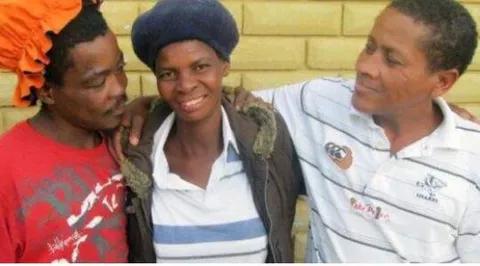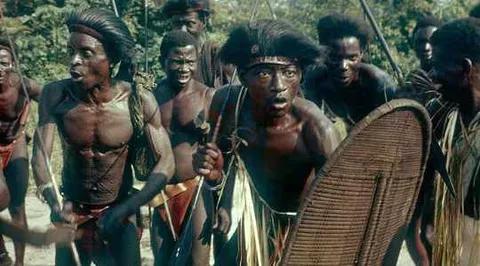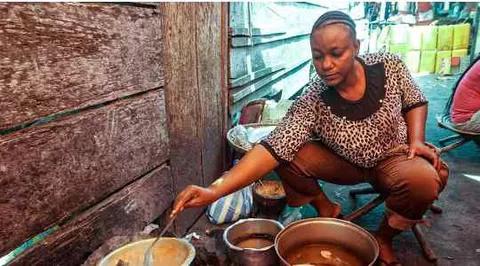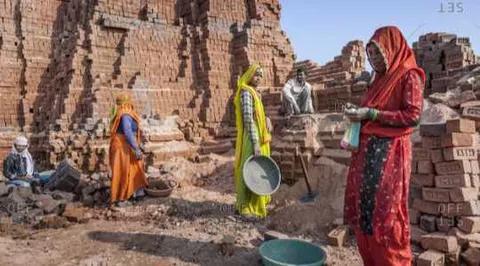Celebrity Gossip & Gist
See This Tribe in Congo Where Women May Marry Several Men Just To Become Village Wife!!
The Lele people are a subgroup from the Kuba Kingdom of the Democratic Republic of Congo who originally lived along the Kasai River region.

Because of the slash and burn agricultural system they practice, the Lele set up temporary villages as they move every ten to fifteen years. In the seventeenth and eighteenth centuries, the Central African interior witnessed the fluorescence of three large-scale, multiethnic states:

Kuba (discussed below), Luba, and Lunda. Imported crops and technologies and alternative models of leadership promoted strong, centralized governments that subdued neighboring chiefdoms and regulated trade routes, increasing the wealth and relative stability of the region.

Client states, incorporated into these empires via warfare and strategic alliances, gained the political systems and courtly traditions of their overlords. Art forms and insignia associated with imperial rule spread throughout the region.

Nestled in the fertile forest and savanna bordered by the Sankuru, Lulua, and Kasai rivers, the Kuba kingdom was a conglomerate of several smaller principalities of various ethnic origins. Sometime around 1625, an outsider unseated a rival ruler and unified the area’s chiefdoms under his leadership.

This man was Shyaam aMbul aNgoong “the Great.” Kuba oral histories reveal that he was the adopted son of a local queen who left his home to travel to the Pende and Kongo kingdoms in the west.

-

 Celebrity Gossip & Gist2 days ago
Celebrity Gossip & Gist2 days ago“When you talk finish, you hug transformer” – Yul Edochie tells Judy Austin’s ex-husband over his allegation
-

 Health2 days ago
Health2 days ago‘Stunning’ – Experts react to new twice-yearly injection that offers 100% protection against HIV/AIDS
-

 News2 days ago
News2 days ago“9ja to the Universe” – Oyinbo people raise eyebrows as they dance to viral ‘Gwo gwo gwo ngwo’ challenge (Video)
-

 News1 day ago
News1 day agoTinubu meets APC governors as nationwide protest against hardship looms (Video)








